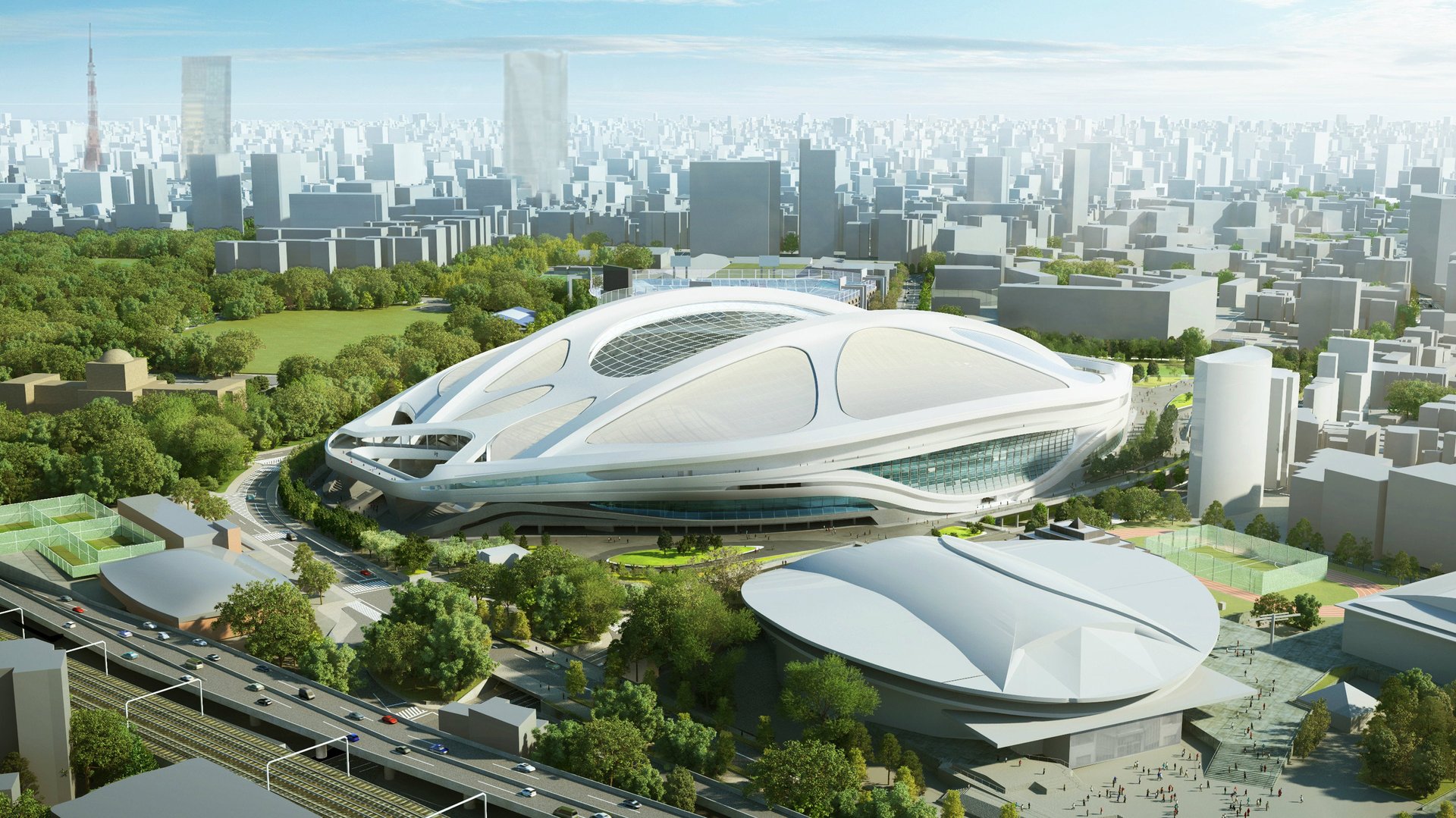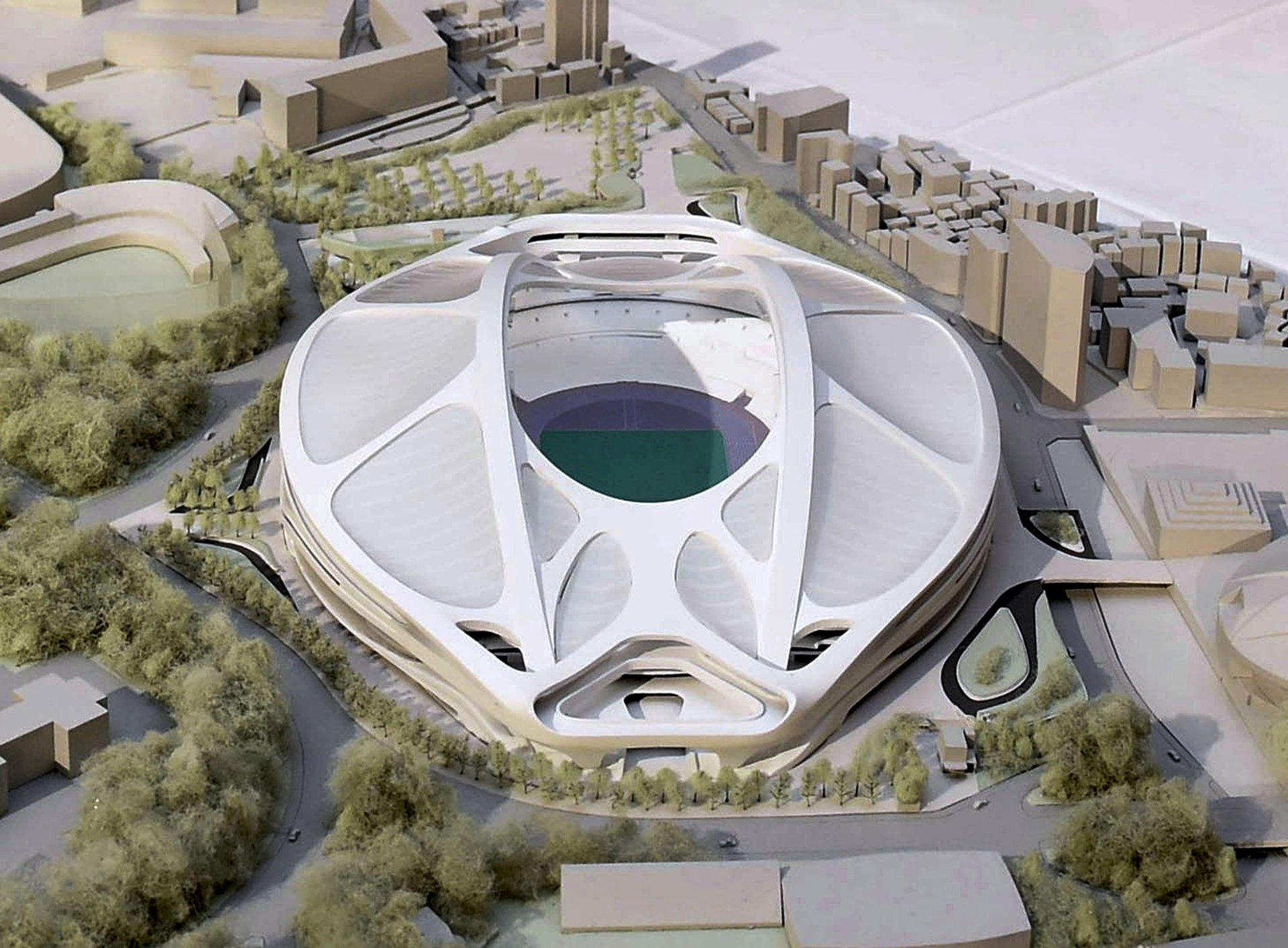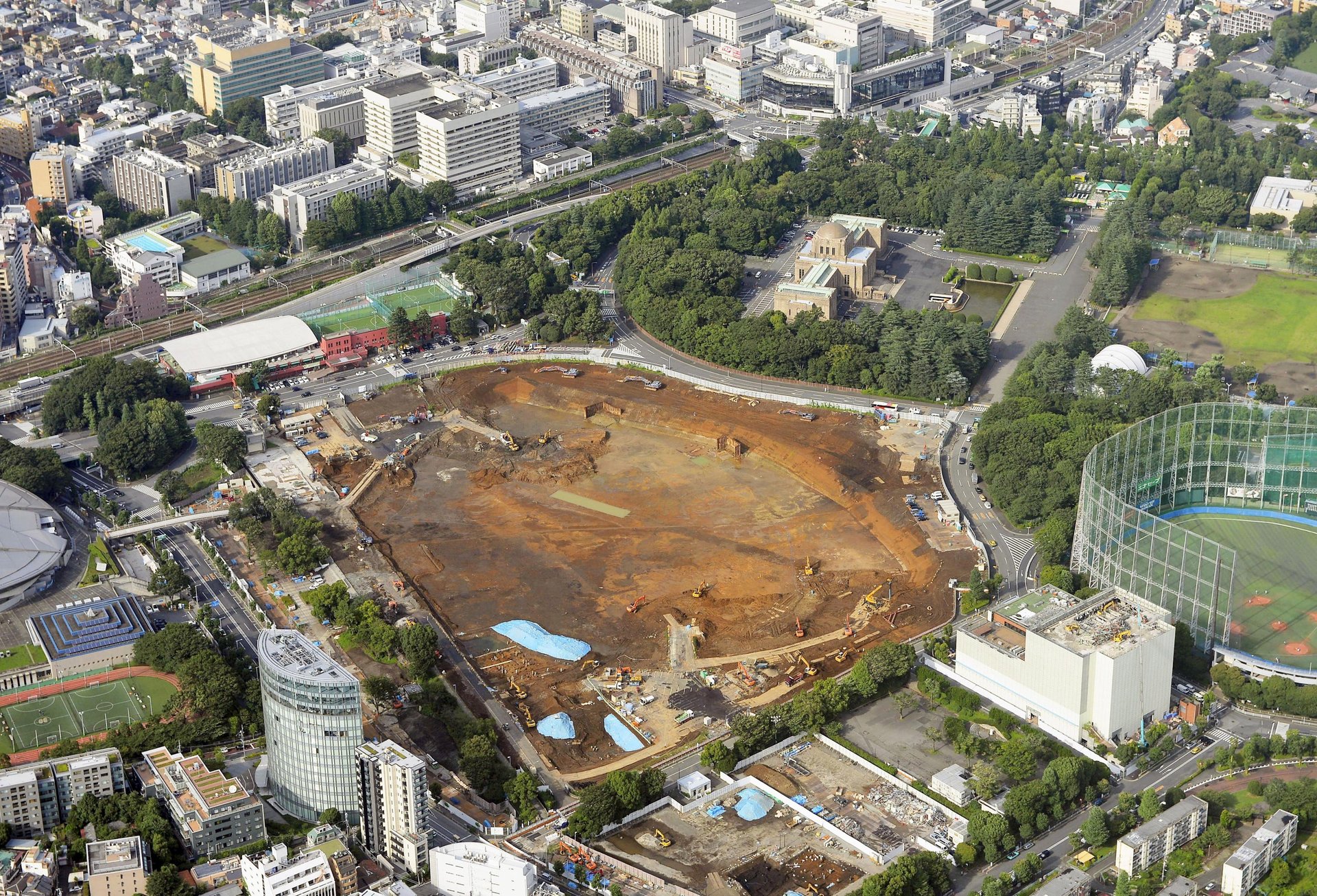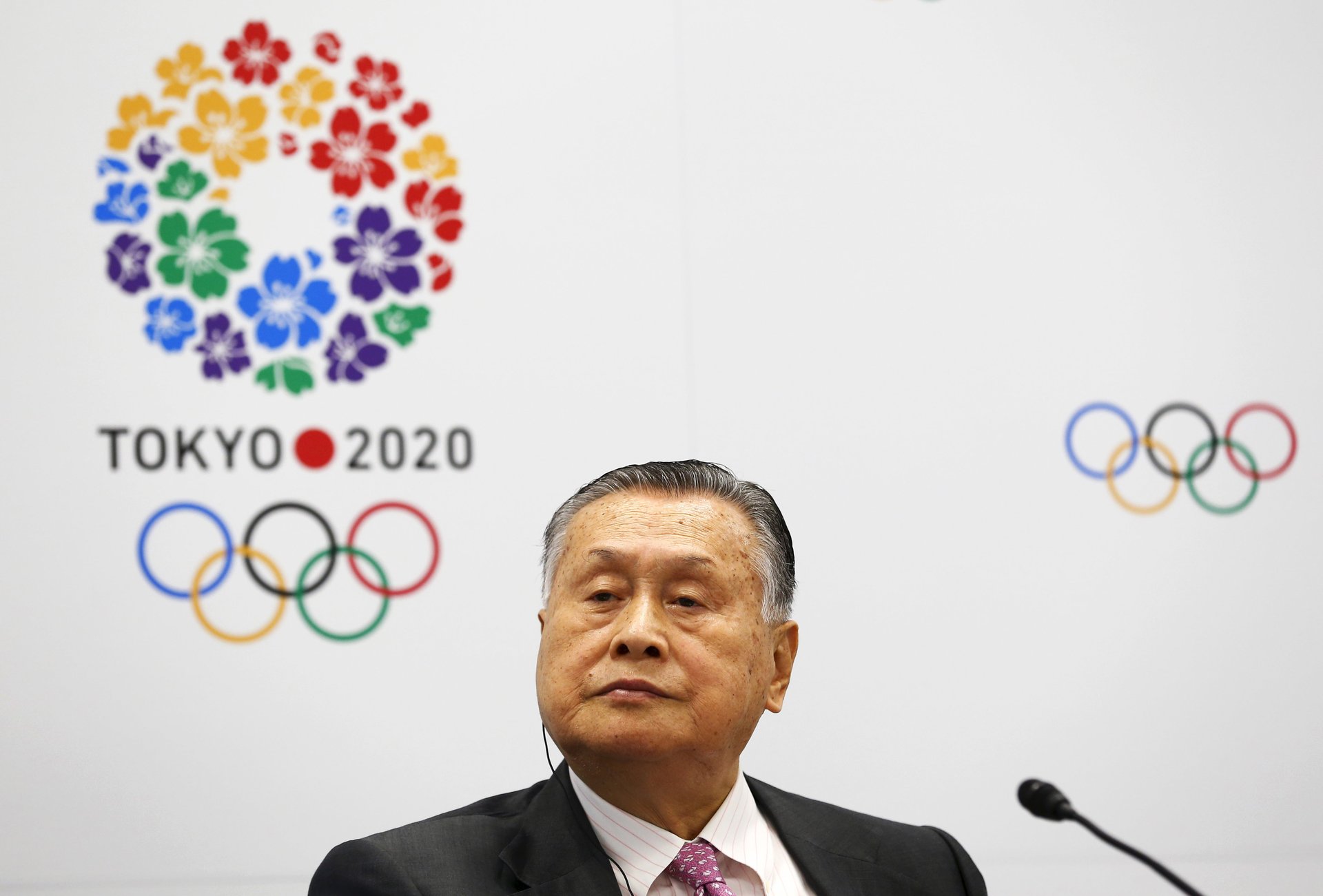Japan has scrapped Zaha Hadid’s ostentatious design for its new national stadium
In a dramatic turn of events, Japanese prime minister Shinzo Abe announced on July 17 the decision not to proceed with Zaha Hadid’s design for the new national stadium slated for the 2020 Tokyo Games. “We have decided to go back to the start on the Tokyo Olympics-Paralympics stadium plan and start over from zero,” said Abe in a press briefing.


In a dramatic turn of events, Japanese prime minister Shinzo Abe announced on July 17 the decision not to proceed with Zaha Hadid’s design for the new national stadium slated for the 2020 Tokyo Games. “We have decided to go back to the start on the Tokyo Olympics-Paralympics stadium plan and start over from zero,” said Abe in a press briefing.
He cited cost as the primary factor: Hadid’s 80,000 seat stadium would cost the country 252 billion yen (US $2 billion), double the original estimate.
“I have been listening to the voices of the people and the athletes for about a month now, thinking about the possibility of a review,” said Abe. ”We will minimize the cost as much as we can and make one that is best and realistic.”
Until the announcement, Abe and the Tokyo 2020 committee headed by Yoshiro Mori had publicly expressed support for Hadid’s design, despite the torrent of criticism since it was unveiled in 2012.

Out of place
But cost may not have been the sole factor. In a July 16 television interview, Mori acknowledged what he really thought about the building: “It looks like an oyster. I’ve always hated it.”

Hadid’s trademark complex, neofuturistic structure was planned to be built in Tokyo’s historic district near the Meiji Shrine, the site of the old stadium that has been demolished. The building’s futuristic appearance was discordant with the site’s context and blatantly disregarded the 15-meter construction height limit in the historic area. In 2013, a group of renowned architects gathered to protest the stadium’s design in a symposium called “Re-thinking the New National Olympic Stadium in the historical context of Gaien.” They garnered 32,000 signatures in support of their petition opposing its construction.
Legions of creative, Photoshop-savvy critics also piped in via social media, likening the design of the stadium to a helmet, a toilet seat, and a Roomba vacuum cleaner.
Hadid, an award-winning Iraqi architect based in London, won the commission through an international competition organized by the Japan Sports Council, chaired by another famous architect, Japan’s Tadao Ando. In a last ditch effort on Thursday, Ando tried to defend the design, saying that changing architects this late in the game was not an option. He also admitted that the selection committee focused on the aesthetics and not the budget parameters.
A representative from Hadid’s office said that the design, with sweeping 70-meter arches and a retractable roof, was not the problem. He blamed the budget bloat on the high cost of materials and labor in Tokyo exacerbated by the project’s tight deadline. The national stadium was originally planned as the venue for the Rugby World Cup in 2019. ”It is not the case that the recently reported cost increases are due to the design, which uses standard materials and techniques well within the capability of Japanese contractors, and meets the budget set by the Japan Sports Council,” Jim Heverin told the Associated Press.

Groundbreaking for Hadid’s design was originally scheduled for this October. Chief cabinet secretary Yoshihide Suga confirmed that Hadid’s contract would be canceled and a new competition would be announced within six months.